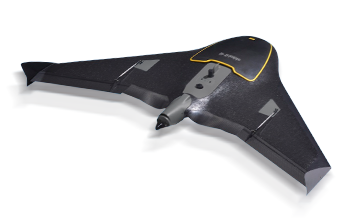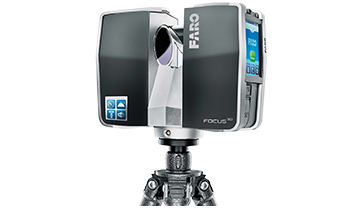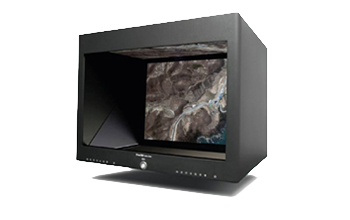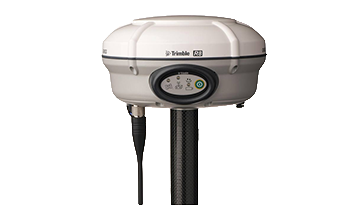TECHNOLOGIES
Ecce Terra’s technology give the company a unique edge in the market and allows it to take on a variety of mandates. Whether you want to capture images from close up or afar, in huge open spaces or small spaces—everything is possible!
For each project and each client, we analyze which data-collection tools should be used. We consider the nature of the land-surveying, the deadline, the quality expectations and the budget to provide you with a recommendation.






